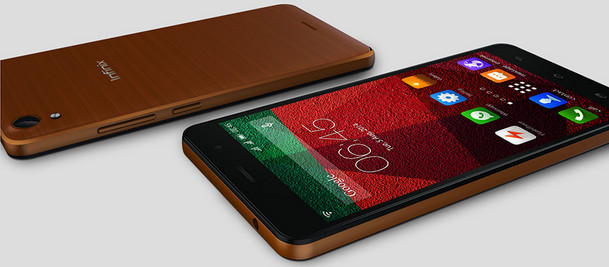Kenya’s mobile phone market grew by 7.9% in Q3 2018, according to the latest figures announced today by International Data Corporation (IDC) even as shipments to Africa declined by 2.1% quarter on quarter (QoQ). The global technology research and consulting firm newly released Quarterly Mobile Phone Tracker shows overall shipments to Africa for the quarter totaled 52.6 million units, with feature phone shipments falling 2.7% QoQ and smartphone shipments declining 1.3% over the same period.
Transsion brands (Tecno, Infinix, and Itel) led the feature phone space in Q3 2018, with a combined unit share of 58.2%. Nokia was next in line with 11.7% share. Transsion, Samsung, and Huawei dominated the smartphone space with respective unit shares of 34.9%, 21.7%, and 10.2%. However, in value terms, Samsung led the smartphone market with 37.2% share, followed by Transsion (21.0%) and Huawei (13.0%).
There were differing fortunes in the region’s three major markets, with Nigeria suffering a heavy 11.6% QoQ decline in mobile phone shipments, while South Africa saw QoQ growth of 8.5% in Q3 2018.
“The decline in Nigeria stemmed from a slowdown in government spending, ongoing warfare in the country’s northern states, and market uncertainty in the lead up to elections,” says George Mbuthia, a research analyst at IDC. “In South Africa, the market’s growth was spurred by the penetration of low-end devices from brands such as Mobicel, Mint, and Nokia, while the launch of entry-level smartphones helped drive growth in Kenya despite increases in taxes and fuel prices placing a significant burden on disposable income in the country.”
While feature phones remain steadfastly popular across Africa, particularly in more rural areas, consumers are increasingly being attracted by smartphone offerings from Chinese brands such as Xiaomi, Oppo, and Huawei, which are actively targeting feature-oriented customers at more economical price points.
“There is a new wave of Chinese brands aggressively pursuing growth opportunities in the region, while the more-established Huawei is also accelerating its marketing efforts and expanding its distribution budget,” says Ramazan Yavuz, a research manager at IDC. “These brands have quickly progressed along the learning curve and evolved their offerings to perfectly reflect the realities of the region by addressing the diverse pricing and feature needs of the consumer base.”
Looking ahead, IDC expects Africa’s overall mobile phone market to reach 58 million units in Q4 2018, spurred by the festive season and online consumer events such as Black Friday. The introduction of more affordable smartphones in the African market will help drive progress in this space over the coming quarters, while the share of feature phones will decline steadily as the transition to smartphones gathers momentum.









3 Comments